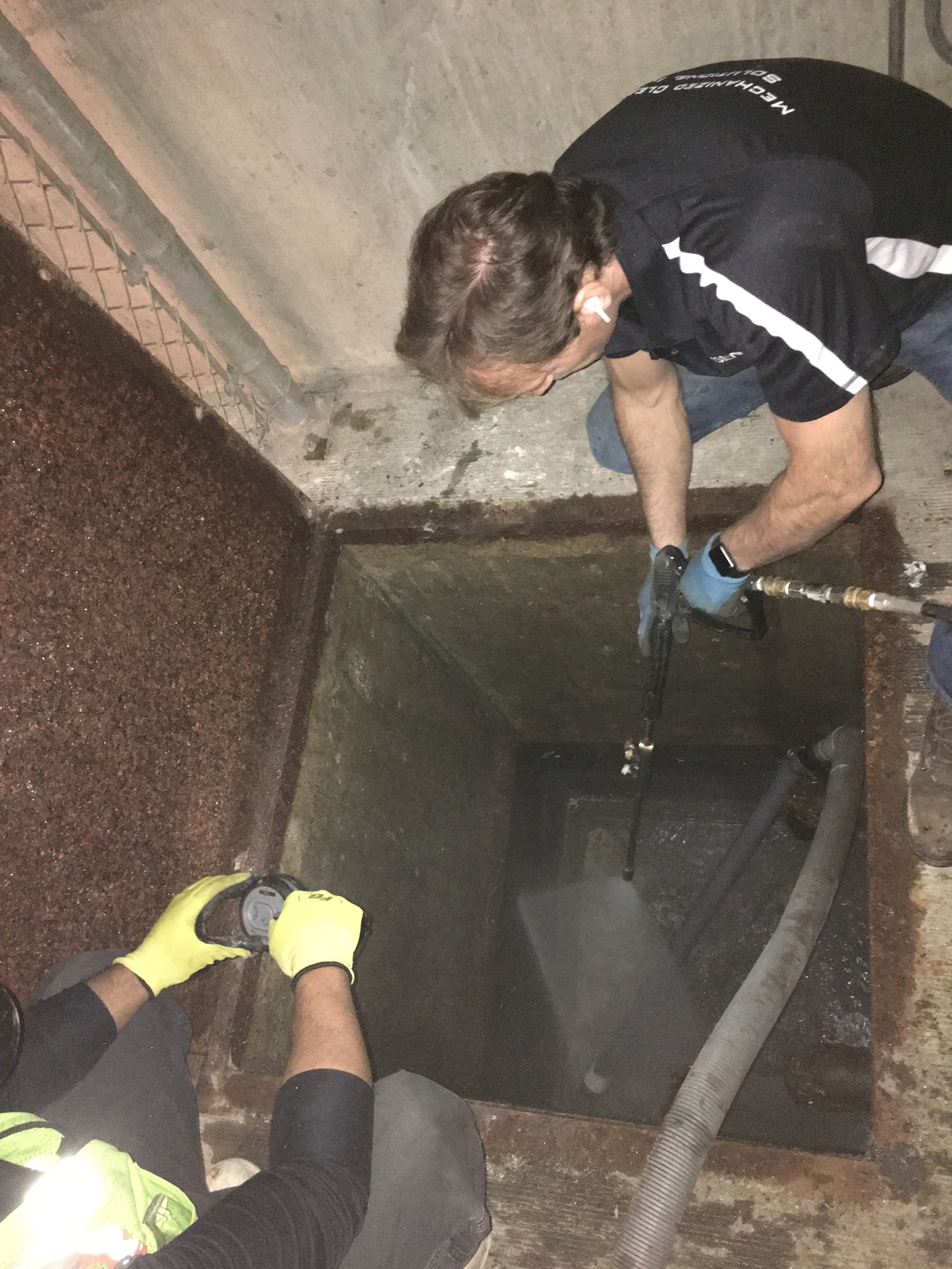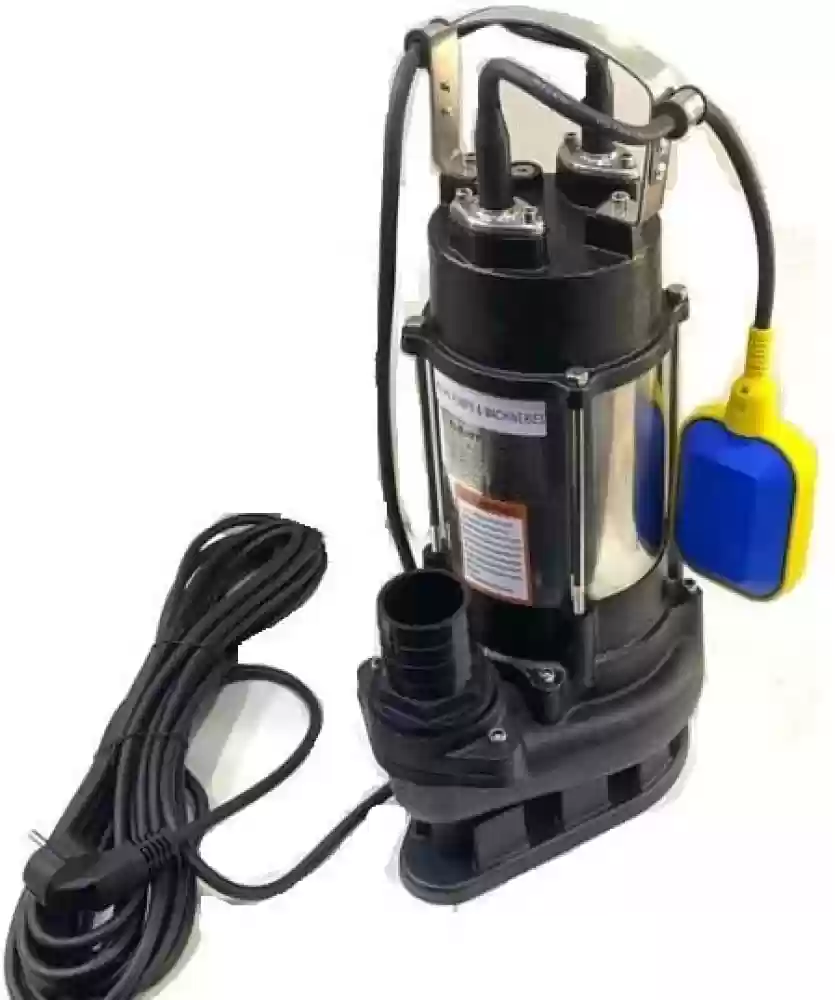Top Steps for Servicing Your Sump Pump
Top Steps for Servicing Your Sump Pump
Blog Article
We've noticed this great article relating to Steps to Cleaning Your Sump Pump Properly listed below on the net and thought it made sense to discuss it with you on this site.

Sump pumps are vital parts in many homes, especially in areas prone to flooding or extreme wetness. They help avoid water damage by efficiently eliminating excess water from cellars or crawl spaces. Nevertheless, like any other home appliance, sump pumps need regular maintenance to guarantee they work successfully when needed one of the most. Cleansing your sump pump is a crucial part of its upkeep, and understanding just how to do it appropriately can save you from pricey repair services and potential calamities.
Intro
Keeping a tidy sump pump is vital for its proper functioning and long life. Neglecting this important job can bring about obstructions, breakdowns, and eventually, water damage to your home. Therefore, finding out exactly how to clean a sump pump is important for homeowners that rely on these gadgets to maintain their basements dry and safeguarded.
Comprehending the Sump Pump
Before diving right into the cleaning process, it's essential to have a basic understanding of exactly how a sump pump works. Usually mounted in a pit or basin listed below the cellar flooring, a sump pump includes a number of essential components, consisting of a pump, a float button, and a discharge pipe. When water accumulates in the pit, the float button triggers the pump, which then pumps the water out through the discharge pipeline, away from the structure's foundation.
Signs of a Dirty Sump Pump
Recognizing when your sump pump needs cleansing is vital for avoiding possible malfunctions. Some usual indications that indicate a filthy sump pump consist of unusual sounds during procedure, minimized water flow, and noticeable debris in the pit. If you see any of these symptoms, it's important to clean your sump pump immediately to stay clear of any kind of more problems.
Getting ready for Cleansing
Before you begin cleansing your sump pump, it's important to take some safety and security preventative measures. Start by turning off the power to the pump to prevent any kind of electrical accidents. Furthermore, use ideal safety equipment, such as gloves and goggles, to secure on your own from dirt, debris, and prospective microorganisms.
Step-by-step Overview to Cleaning a Sump Pump
Shutting down the Power
Begin by detaching the power supply to the sump pump to prevent any crashes while cleansing.
Getting Rid Of Debris and Dust
Use a container or a scoop to remove any type of noticeable debris, dust, or sediment from the sump pit. Dispose of the debris correctly to stop it from clogging the pump or the discharge pipeline.
Cleaning the Pump and Float Switch Over
Once the pit is clear of particles, thoroughly eliminate the pump from the pit. Inspect the pump and the float switch for any type of indicators of damages or wear. Use a soft brush or cloth to clean up the surface areas and get rid of any kind of built up gunk.
Flushing the System
After cleaning up the pump and float button, purge the sump pit with tidy water to eliminate any type of staying dust or sediment. This will assist guarantee that the pump runs efficiently and successfully.
Checking for Appropriate Performance
Before reinstalling the pump, perform a fast test to make certain that the float switch triggers the pump appropriately. Put some water right into the sump pit and observe the pump's operation. If everything is functioning correctly, you can rebuild the pump and reconnect the power supply.
Upkeep Tips to Keep Your Sump Pump Clean
In addition to routine cleansing, there are several upkeep pointers you can follow to maintain your sump pump in optimal condition:
Conclusion
Cleansing your sump pump is an important element of its maintenance and ensures that it operates effectively when you require it one of the most. By complying with the steps outlined in this overview and integrating regular upkeep right into your routine, you can extend the life-span of your sump pump and safeguard your home from water damage.
6 STEPS ON HOW TO CLEAN A SUMP PUMP PROPERLY
UNDERSTANDING SUMP PUMPS
Your sump pump plays a crucial role in protecting your home by managing and removing excess water. It primarily functions as a “shield”, guarding your basement against the damaging effects of water accumulation. The pump is housed in a sump pit in the lowest part of your basement, and its job is to pump out any water that collects there.
During heavy rainfalls or when snow melts rapidly, water can infiltrate your basement, posing potential risks like flooding, structural damage, and harmful mold growth. Here, the sump pump springs into action, pumping out the intruding water and directing it away from your home.
SAFETY FIRST
Before cleaning, remember to prioritize safety. Disconnect the sump pump from the power source to prevent any accidental electric shocks. Also, wear sturdy gloves to protect your hands from any sharp or dirty components within the pump.
REMOVE THE SUMP PUMP
After ensuring your safety, the next step is to remove the sump pump from its pit. Doing this might require careful maneuvering as you don’t want to damage any pump components. Once removed, clean the sump pit to remove any accumulated debris or sludge.
INSPECT THE PUMP
Inspect the pump for any visible signs of wear or damage. Check the power cord, float switch, and impeller housing. If any components look worn out or damaged, consider replacing them to ensure optimal performance.
CLEAN THE PUMP
Thoroughly clean the pump with warm, soapy water. Make sure to rid it of any dirt, gravel, or other debris that might impede its performance. You can use a toothbrush to clean the small, hard-to-reach parts of the pump.
REINSTALL THE SUMP PUMP
Reinstall the pump into the sump pit Make sure it’s positioned correctly to remove the water effectively Once it’s back in place, reconnect it to the power source TEST THE PUMP
Finally, pour some water into the pit to ensure the pump works correctly. It should start automatically and begin pumping out the water; if it doesn’t, check the power source and the positioning of the pump.
Remember, while cleaning your sump pump is an essential part of home maintenance, hiring a professional plumber for a thorough inspection and cleaning at least once a year is also important. This will ensure that your pump is in optimal condition, ready to protect your home from potential water damage.
BEST PRACTICES FOR CLEANING SUMP PUMP DISCHARGE PIPES
Regular Inspection: Regularly inspect your discharge pipes, especially during heavy rainfall or snowmelt periods. Look for any signs of blockage or damage. Early detection of problems can prevent serious issues down the line. Periodic Cleaning: Over time, sediment and debris can accumulate in the discharge pipes, impeding the flow of water. Regular cleaning helps keep the pipes clear and functioning efficiently. You can use a high-pressure water jet to effectively clean the pipes. Insulation During Winter: In colder climates, discharge pipes can freeze, blocking the outflow of water. Protect your discharge pipes from freezing temperatures by insulating them with foam pipe insulation. This will ensure the sump pump can continue to discharge water even in freezing conditions. Proper Positioning: The discharge pipe should be positioned to direct water away from your home’s foundation. Improper positioning can lead to water seeping back into the basement. Ensure the pipe is long enough and angled correctly. Installation of a Check Valve: A check valve prevents water from flowing back into your sump pit after the pump has pushed it out. Installing a check valve helps maintain the efficiency of your sump pump and reduces the risk of flooding. Minimize Pipe Turns: Every curve or turn in the discharge pipe can decrease the efficiency of water flow. By minimizing turns and bends in your discharge pipe, you can increase the efficiency of your sump pump. https://www.fullspeedplumbing.com/how-to-clean-a-sump-pump-properly9999/

As a devoted person who reads on Cleaning & Maintenance Tips for Your Home's Sump Pump, I assumed sharing that information was really helpful. For those who liked our blog entry plz consider to pass it around. Many thanks for your time spent reading it.
Schedule Your Service Report this page